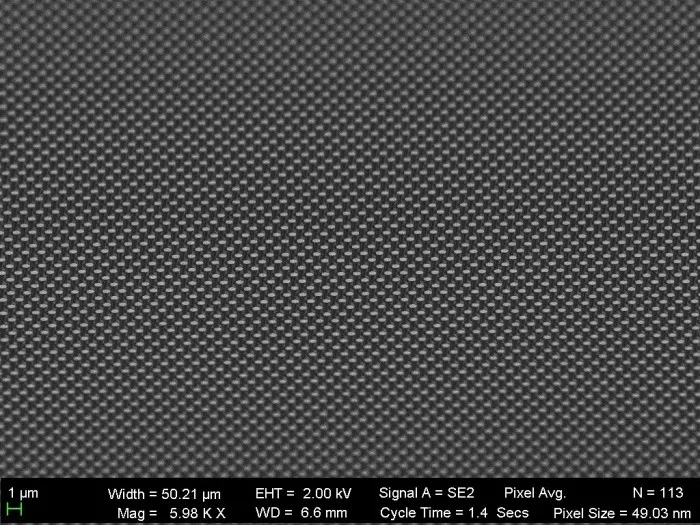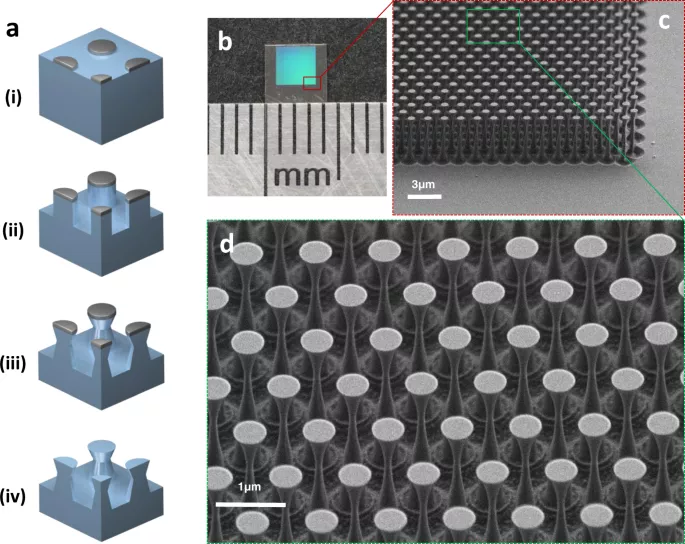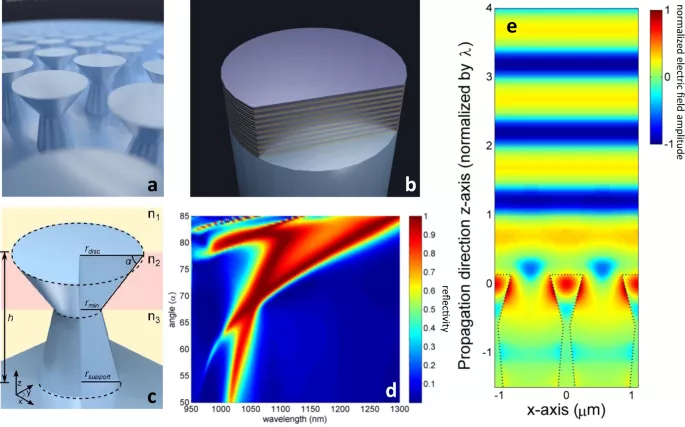From manufacturing to deep space communications, high-power lasers are omnipotent, and the continuous development of more powerful lasers requires us to rethink the components responsible for guiding the beam This led a team of engineers at Harvard University to turn to one of the strongest materials known - diamonds, which they used to form a new mirror that could withstand a laser beam enough to burn through steel

This rugged new mirror was developed to address some of the shortcomings of today's high-power CW laser systems. The mirrors used to guide the light beams in these lasers are formed from thin layers of materials with different optical properties. If one of these layers has even a small defect, the laser will burn through the mirror instead of bouncing off the mirror, making the whole operation fail.
A simpler approach might be to use a single material for the entire mirror to limit the possibility of defects, but it's not as simple as grabbing one of the hardest materials you can find and using it for work. In order to form their new diamond mirror, the research team had to use cutting-edge etching technology originally developed to carve nanoscale structures in diamonds for quantum optics and communication.

Why doesn't the author of atikian's paper want to use the classical things for our development
This involves using an ion beam to etch tiny golf balls on the surface of a diamond sheet measuring only 3 x 3 mm (0.1 x 0.1 inch). These structures make the diamond mirror reflective, and scientists have obtained a reflectivity of 98.9% as a sweet spot to help maintain its durability.
Neil Sinclair, co-author of the paper, said: "you can make reflectors with a reflectivity of 99.999%, but these reflectors have 10-20 layers, which is OK for low-power lasers, but they certainly can't withstand high power."
Scientists tested their new mirror on a 10 kW laser used by the U.S. Navy for research. They pointed out that the laser was strong enough to burn through steel. The mirror was not affected at all.

"The selling point of this study is that we have a 10 kW laser focused on a 750 micron point on a 3x3 mm diamond, which is a lot of energy on a very small point, and we didn't burn it. This is important because as the laser system becomes more and more power consuming, you need to come up with creative ways to make the optical elements stronger," atikian said
Scientists are exploring the commercialization of the technology and envisage that their new diamond mirror can be used to promote fields ranging from semiconductor manufacturing and defense to deep space communications and industrial manufacturing.

Marko Loncar, senior author of the paper, said: "our single material mirror method eliminates the thermal stress problems, which are harmful to the traditional mirror formed by multi material stacking under high light power. This method has the potential to improve or create new applications of high-power lasers."
The study was published in Nature communications 》In the magazine.